The costs and risks associated with rapid, unplanned urbanisation

A better understanding about the increasing economic importance of urban centres in national development is needed to shift the policy rhetoric towards increased urban investment. The role of urbanisation is viewed more positively in the developmental discourse globally today than ever before, as it drives growth and helps achieve higher employment and lower poverty level. However, unplanned urbanisation poses greater risks on human health and welfare and can raise costs of production which may erode Bangladesh's comparative advantage, effecting the future industrialisation process. The urban population constituted only 7 percent of the country's total population in 1971, but is now 38 percent. If we had predicted that urbanisation would put such huge pressure on our limited infrastructure even in the 1990s when the urbanisation rate was 19 percent—half of what it is now—and developed our cities and towns in a planned manner, we would not have had to face the choking traffic congestion, air and noise pollution, drainage and garbage problem, shortage of public schools and health facilities, parks and playgrounds that we do today.
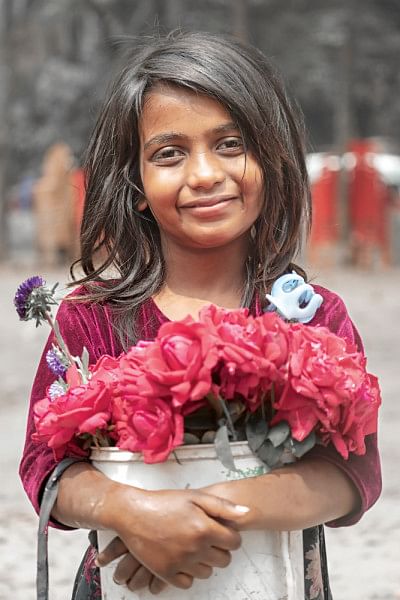
The total urban population of Bangladesh is likely to reach 80-90 percent of the total population of the country in 2071, 50 years from now. How are we preparing to tackle the huge urbanisation challenges that are waiting for us? As a nation which achieved its independence through a bloody war, which succeeded in increasing its nominal GDP 46 times in the past 50 years, which brought down its poverty rate from 80 percent to 20 percent, etc, should we not dream of a country that can manage its urban affairs like a developed country in 2071?
Bangladesh experienced an unprecedented urban growth during the last 50 years which is projected to continue over the next 50 years as well. Urbanisation has been key to our rapid economic growth. However, to sustain this progress, the urban areas will have to be managed extremely well. Also, a reorientation of the development paradigm will have to be brought about, taking physical space as a principal determinant of our economic development in future. The urban centres will have to be ready with necessary infrastructure, housing facilities, utility services, educational and health facilities, etc to welcome people from rural areas and smaller urban centres. The traditional rural development focused investment in infrastructure which consumes a lion's share of our budgetary resources will have to be replaced with massive and fast transportation networks to connect all the cities and towns with one another. The agriculture sector's contribution to GDP has already fallen to 12.65 percent, while that of industry has gone up to 28.79 percent and services as high as 54.63 percent in 2020. This rapid transformation of our economy should dictate future investment priorities. Therefore, the government needs to rethink where public sector investment in the next 50 years will make the most sense.
Bangladesh is expected to reach a level of urbanisation in the next 50 years that has already been achieved by Latin American countries. Latin America is the world's most urbanised region today. The urban population constituted 81.12 percent of total population in Latin American and Caribbean (LAC) countries in 2021. Of these countries, Argentina has 92 percent, Brazil has 89 percent and Chile has 88 percent urban population. Having an average per capita GDP of USD 7,245, the LAC countries are struggling to manage their high levels of urbanisation. About 20.75 percent of urban population in 2018 lived in slums in the LAC countries. The poverty rate is 23.6 percent in LAC countries as a whole as per 2019 data. Industry contributed 23.81 percent, the service sector 60.2 percent and agriculture 5.63 percent of GDP in LAC countries in 2020. Life expectancy was about 75 years in LAC countries in 2019. The pollution level is also high in many LAC countries and on average, 26.5 percent of the total urban population are exposed to high air pollution exceeding WHO recommended levels. Moreover, there is a high level of imbalance between the main cities and other urban areas. For example, in Brazil, the smaller urban areas are highly dependent on the metropolitan area of Brasilia for services and jobs. Rapid urbanisation has created shortage of infrastructure and generated socio-spatial inequalities. Brazil has both a national policy for regional development and a national policy for urban development, to deal with the issues of spatial inequalities, uneven development pattern, weak competitiveness of backward areas and physical stagnation.
Although there are variations among the LAC countries, it is necessary to learn from the experience of the region as a whole where many social indicators are lagging behind and the percentage of slum population and poverty rates are very high. Therefore, it is essential to note that high urbanisation rate does not necessarily land a country on a high social and per capita GDP level. We need to learn from the experience of LAC countries and prepare ourselves to manage our urbanisation well—otherwise it will hinder our progress of becoming a developed country by 2041. No country can think of reaching a developed country status without high level of urbanisation which is environmentally sound and structurally efficient.
The LAC countries do not manage their urban affairs like developed countries since they cannot take fully into account the needs of the poor people. A large segment of the population in cities live in the peripheries without municipal water, sanitation and waste collection services, health centres and educational institutions. However, some countries in the region have substantially invested in housing for the poor and introduced conditional cash transfer programmes to deal with urban poverty.
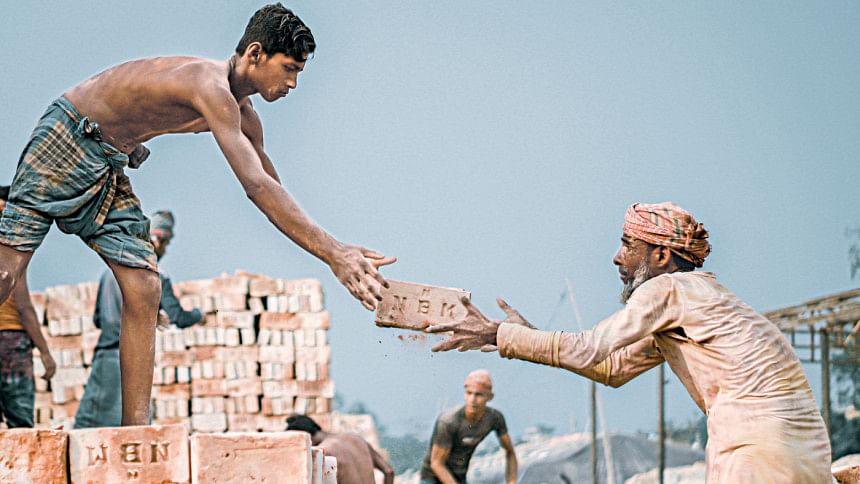
The urban areas in Bangladesh should create a better environment for economic growth which should be inclusive and sustainable. The challenges of inclusion of low-income households in urban planning and development needs to be overcome through appropriate mechanisms. As per the last census of slum population in 2014, the total slum population in urban areas of the country was 2.2 million or 6.33 percent of urban population. They lack safe water and sanitation, have limited health facilities, poor educational opportunities and mostly work in the informal sector. Therefore, there is a case for building affordable housing schemes for the low-income households which should include necessary utility facilities. In some European countries, laws make it mandatory for the city authorities to build a certain portion of housing units for the low-income population. In India, the National Urban Housing and Habitat Policy, 2007, requires building of affordable houses for the vulnerable and economically weaker sections of society. For ensuring higher productivity of the workers, better health and improved living conditions of the urban poor must be ensured.
Our urban planning philosophy has so far been tied to the 75-year-old Town and Country Planning Act, 1947 of the United Kingdom which has a focus on land-use zoning within the city limits and is not giving much attention to the unfolding regional and national development scenario and not building a physical-economic development nexus. Many countries have moved away from this type of planning practice, taking a more flexible and strategic look at the future and accommodating rapid changes as per the requirements of the economy.
In future, since an increasingly larger percentage of the country's population will be residing in the urban areas, all facilities required by the people including green spaces and water bodies must be retained by the government. Decentralised urbanisation should be given the highest priority so that a handful of cities does not dictate the affairs of the entire country. Dhaka city, for example, became too large and so the surrounding urban centres like Gazipur, Narayanganj, Joydevpur, Munshiganj, Manikganj and Narshangdi should be planned well and developed properly to take the burden off of Dhaka.
We know that the market force is an important indicator for determining public investment in the physical space. But it has to be regulated by joint decisions of economists and physical planners so that the private sector is not only swayed by the short-term incentives of the current urban form but keeps in view the future locational advantages which should be deliberately created by the government to ensure cheaper alternatives to remain globally competitive. Unlocking future physical potentials rest mainly with the locational decisions made by the government in discussion with local governments, service providers for electricity, roads, water, etc.
The city planning authorities, instead of taking decisions in isolation, should forge a link with the economic planning process to more accurately project demands for urban services, and arrange planned investment agreed in the five-year and perspective plans. For this, necessary institutional and human capacity should be enhanced within the government.
The traditional mind-set of investing a huge amount of resources on rural roads should be revisited and funds should be freed up for building inter-city metro rail and bus rapid transport systems where it makes more sense to invest, keeping in view the future concentration of population in the country. In a planned city with all amenities and having efficient transport system, private investors will be attracted to establish industries and businesses, and create more employment opportunities. The role of urban local government bodies and planning authorities is to make a city liveable and functional. Nationally, a study on future growth potentials of all cities and major towns should be conducted, based on which city-to-city transport plans should be drawn up.
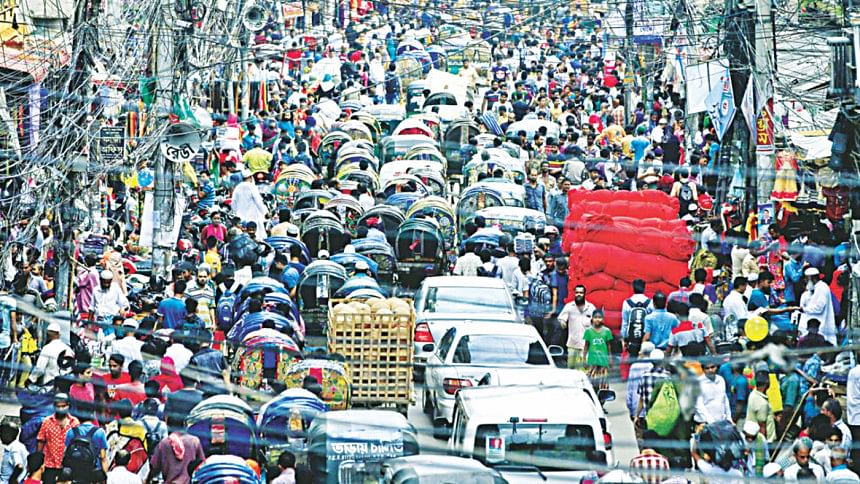
Bangladesh is on track to graduate from the UN's list of Least Developed Countries (LDC) in 2026 and become a middle-income country. The urban areas offer the opportunities for faster GDP growth and help transform the economy from agricultural to non-agricultural sectors. In Bangladesh today, about 75 percent of GDP is produced in urban areas which is expected go up in the coming years. However, we should be conscious about the distributional consequences of rapid transformation of the economy.
The process of urbanisation has negative consequences, which are expansion of the informal economy, increase in the number of slum dwellers, exclusion of the poor from decision-making process, use of child labour, increased rate of school drop-out, etc. In Bangladesh and elsewhere, higher GDP growth rates and increased urbanisation have been found to bring down poverty rates but increase inequality. Urbanisation, as a natural phenomenon, is expected to continue and reach between 80 and 90 percent of Bangladesh's population in the next 50 years. The SDG 11, which is expressed as "Make cities inclusive, safe and resilient", calls for planned development of urban areas keeping in mind the needs of all people living there.
Cities that are seen as "engines of growth" should now be seen as "engines of inclusive growth". The urban planning, financing, governance, coordination and management functions should all be taken up consciously to achieve SDG 11 included in the Agenda for Sustainable Development. The urban local bodies must optimise tax revenue income by properly assessing the resources and mobilise them so that they can spend a good part of it for the disadvantaged population. Finally, the government should think about developing a national policy for urban and regional development to ensure balanced development of the country with rational distribution of budgetary resources. We have to start rearticulating our vision of planning, administration and budget making for maximising the benefits of a highly urbanised Bangladesh in the next 50 years.
Dr Nawshad Ahmed, an ex-UN official, is an economist and urban planner. He is the author of the book The Children of Bangladesh.
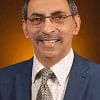
 For all latest news, follow The Daily Star's Google News channel.
For all latest news, follow The Daily Star's Google News channel. 


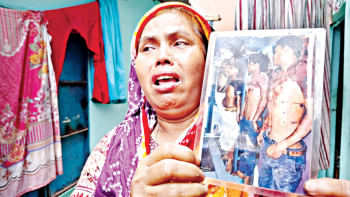
Comments